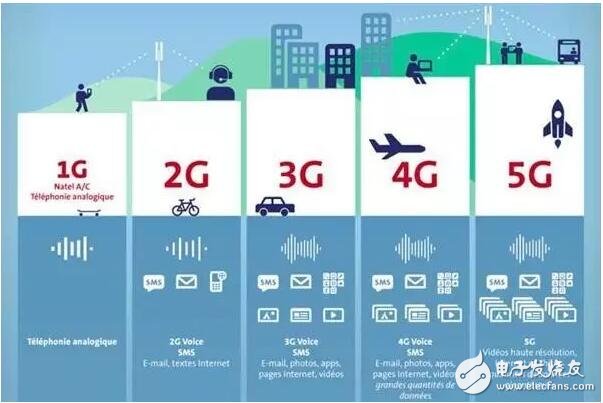Recently, Huawei took the lead in completing the second phase of China's 5G technology R&D test wireless technology organized by IMT-2020 (5G) promotion group in Beijing Huairou.
In the test session of C-Band, Huawei utilized the entire 200MHz full bandwidth, through 5G new air interface and large-scale multi-input and multi-output technology, so that the single-user downlink throughput rate exceeds 6Gbps, and the peak of the cell exceeds 18Gbps.
In this wireless technology verification process, Huawei's industry's first miniaturized 5G test terminal is supported. A single 5G base station can simultaneously support hundreds of ultra-high-definition 4K video on demand, and play smoothly in the car mobile scene.

Engineers are conducting 5G testing
Huawei took the lead in completing the 5G slicing technology test, enabling the slicing to be flexibly configured, opening up the air interface and the network, and completing the end-to-end slicing technology verification. A network can simultaneously enable multiple services. The air interface delay is less than 0.5ms, and the single cell is greater than 4 million connections, which exceeds the ITU (International Telecommunications Union) requirements for 5G definition. In this technical test, it also conducts comprehensive docking tests with RF and functional interoperability of upstream and downstream manufacturers in the 5G industry chain.
Huawei completed the large-scale business verification based on real network and business environment ahead of schedule. It is not only a key milestone for China's 5G R&D trials, but also an important step in the 5G industrialization process.
At present, the 8 key capability indicators that 5G technology has identified are: peak rate reaches 20Gbps, user experience data rate reaches 100Mbps, spectrum efficiency is 3 times higher than IMT-A, mobility is 500km/hour, and delay is 1 The millisecond, the connection density reaches 10Tbps per square kilometer, the energy efficiency is 100 times higher than IMT-A, and the flow density reaches 10Mbps per square meter.
For consumers, it is roughly conceivable that 5G's network speed is 100 times that of 4G. Various high-definition movies and TVs are very smooth, and the response time is almost real-time. Remote automatic control becomes possible. For example, with 5G you can download a HD movie in one second, while 4G LTE may take 10 minutes. It is precisely because of this unique advantage that the industry generally believes that 5G will play an important role in the fields of driverless cars, VR and the Internet of Things.

Huawei started the 5G technology research in 2009, and in April 2016, it completed the first phase of the 5G test project, and then joined hands with China Mobile, European operator vodafone, Japan NTTDoCoMO, etc. in high and low frequency hybrid networking. 5G technology field test.
On November 17, 2016, in the 3GPP RAN 187th meeting on the 5G short code scheme discussion, Huawei-led Polar Code code (Polarization Code) was adopted by 3GPP as the 5GeMBB control channel standard scheme. This is the first time that Chinese companies have appeared in the ranks of global mobile communication technology leaders.
Wang Zhiqin, vice president of China Information and Communication Research Institute and deputy head of IMT-2020 (5G) promotion group, said: "To promote 5G unified technical standards, promote the development of 5G concept prototype equipment, foster 5G industrial chain, and the second phase of 5G R&D technology test The system verification test was launched in September 2016, based on unified equipment specifications and test specifications, and is carried out for 5G typical scenarios. At present, domestic and foreign operating companies, system companies and chip/instrument companies have actively participated in the project, and achieved the set goals and accelerated. The construction of industrial ecology."
Does this large-scale business verification test of Huawei mean that 5G technology is mature and can be commercialized?
According to the plan of the International Telecommunication Union (ITU), the 5G standard will be finalized in 2018, and 5G will have commercial conditions on a scale in 2020. At present, the world's leading manufacturers are working hard at this pace, and it is progressing smoothly.
According to the development experience of communication technology of the past generations, the terminal chip is supplied in batches about one year after the standard is determined. After a year or so, the mobile phone has a large-scale supply condition.
Based on this calculation, the possibility of commercialization of 5G in 2020 is very large.
Jinan Guohua Green Power Equipment Co.,Ltd. , https://www.guohuagenerator.com